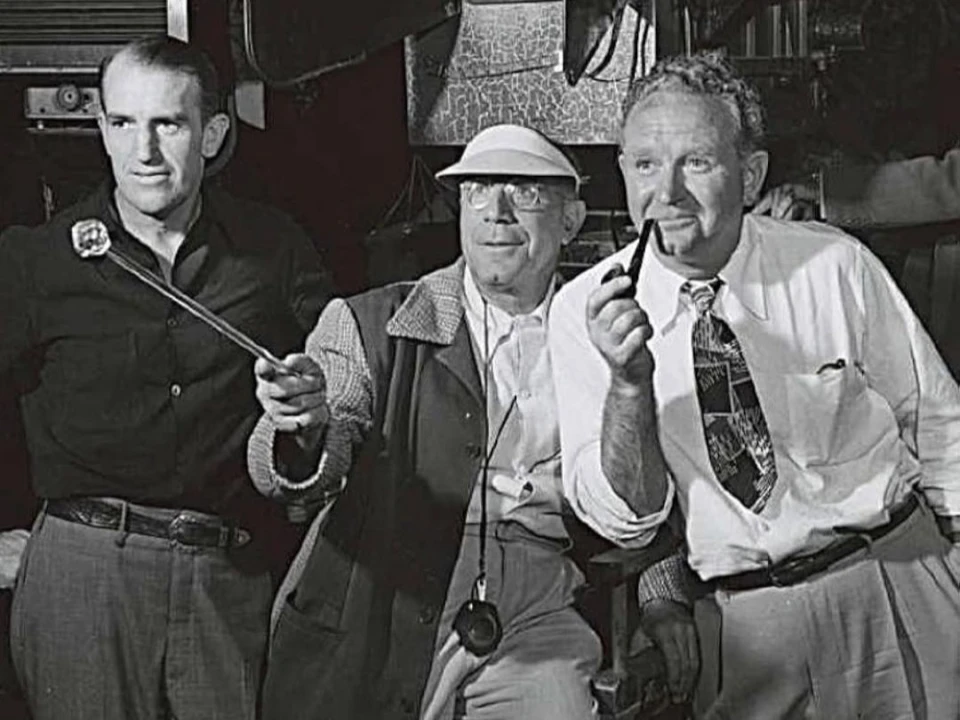On the occasion of the one hundred and fortyth anniversary of his birth, the Cineteca della Calabria and the Province of Cosenza pay tribute to the figure of Tony Gaudio with the exhibition "Tony Gaudio cinematographer/Una storia ritrovata," from Nov. 15 to 30 at the Museo delle Arti e dei Mestieri (Museum of Arts and Crafts) in Cosenza.
It is a homecoming for brothers Eugenio and Antonio Gaetano Gaudio, who in 1906 left the family photography studio located on Corso Telesio to try the great adventure of cinema by emigrating to the United States. With this remarkable exhibit, Calabria recaptures an important history, that of the first Italian to win an Academy Award.
This exhibition brings together a series of photos published mainly by and about Tony Gaudio, in the prestigious magazine American Cinematographer, organ of the Association of Cinematographers of which he was a member, founder and also president, demonstrating the greatness of the character, still not fully known to the general public. Born in the late 1800s, Gaetano Antonio and Eugenio belonged to the family of Raffaele Gaudio, an established professional photographer from Cosenza. The two young Gaudios frequented the studio from an early age. Once they grew up, they both worked in Cosenza studios but dreamed of Cinema. Having landed in New York, Gaetano Antonio and Eugenio begin working for a few photo agencies and then land in the world of cinema.
In 1909 Tony made his first American film as cinematographer, Princess Nicotine; or, The Smoke Fairy, directed by James Stuart Blackton. In 1916 the Gaudio brothers moved to California, both employed at Metro Pictures Corporation. In 1920, Eugene passes away due to peritonitis. Tony is hired by MGM to do the photography for Greta Garbo's first two American films, director Monta Bell's "The Creek" and Fred Niblo's "The Temptress." At this point in his career, Tony met director and tycoon Howard Hughes on his way, resulting in a collaboration that would mark the history of Hollywood cinema.
Subsequent collaborations with directors such as Frank Borzage, Jacques Tourneur, and Howard Hawks gave Tony Gaudio five Oscar nominations and victory in 1937 with Mervyn LeRoy's "Black Ivory," becoming the first Italian to win the famous statuette. After the Oscar, everyone in Hollywood dreamed of working with the Calabrese, who became more in demand with each passing day. He died in 1951, at age 67, of a heart attack. Like his brother Eugene, he is buried at Hollywood Forever Cemetery.



